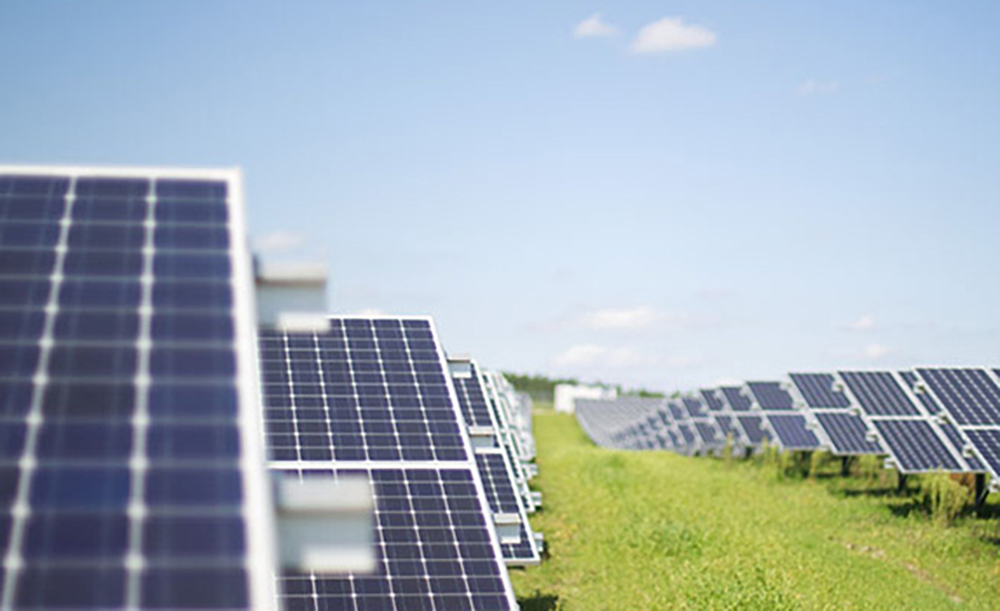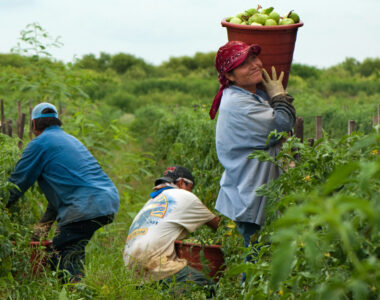
What Just Changed?
The U.S. Department of Agriculture (USDA) announced it will stop supporting solar and wind projects on productive farmland—a significant policy redirection in what can be called the USDA renewables shift. Agriculture Secretary Brooke Rollins cited concerns that subsidized solar installations are making farmland more expensive and less accessible for farmers.
This marks a departure from prior policy, particularly during the Biden administration, which encouraged clean energy development on agricultural land through programs like the Rural Energy for America Program (REAP).
Why the USDA Renewables Shift?
Leaders argue that this move protects valuable cropland:
- Rollins emphasized that farmland should remain affordable and available, noting that solar farms, even small-scale ones, could reduce land access for future farmers.
- New loan and grant restrictions reflect this vision: large-scale solar farms and ground-mounted systems above 50 kilowatts are being barred from programs like REAP and the Business and Industry Guaranteed Loan Program.
- The USDA will also refuse usage of solar panels made by “foreign adversaries” in its funded projects.
What Remains Possible?
It’s not a total shutdown of renewable energy projects in agriculture:
- The USDA will heighten scrutiny and redirect support toward smaller, right-sized systems that explicitly serve farm operations.
- The focus: clean energy that helps farms directly rather than subsidized commercial solar farms taking up prime cropland.
Context: How Big Is the Impact?
Interestingly, previous USDA research found that only a tiny fraction, about 0.05%, of U.S. farmland hosted solar or wind projects in 2020. Most of that land remained in agricultural use even after energy infrastructure was added.
Still, concerns over land availability and escalating lease rates, reported as high as $1,000 an acre or more, are driving policy changes.
What This Means for Farmers
| Sector | Implication of USDA Renewables Shift |
|---|---|
| Farmers | Those relying on clean energy to lower costs now face funding roadblocks—especially if they planned large arrays. |
| Rural communities | Revenue from leasing land for solar may decline; fewer projects may slow local economic investments. |
| Emerging farms | Potentially improved land access without competing solar developments—but fewer diversification options. |
| Clean energy advocates | Limited rural and agricultural adoption of renewable energy solutions moving forward. |
Looking Ahead
- Policy clarity is critical. Farmers and developers need clear guidelines to understand which projects qualify and which will be turned down.
- Agrivoltaic solutions—combining agriculture with energy generation could offer a middle ground but may need new support models.
- Monitoring outcomes: Will land affordability improve? Will farmers miss out on cost-saving benefits from clean energy?



